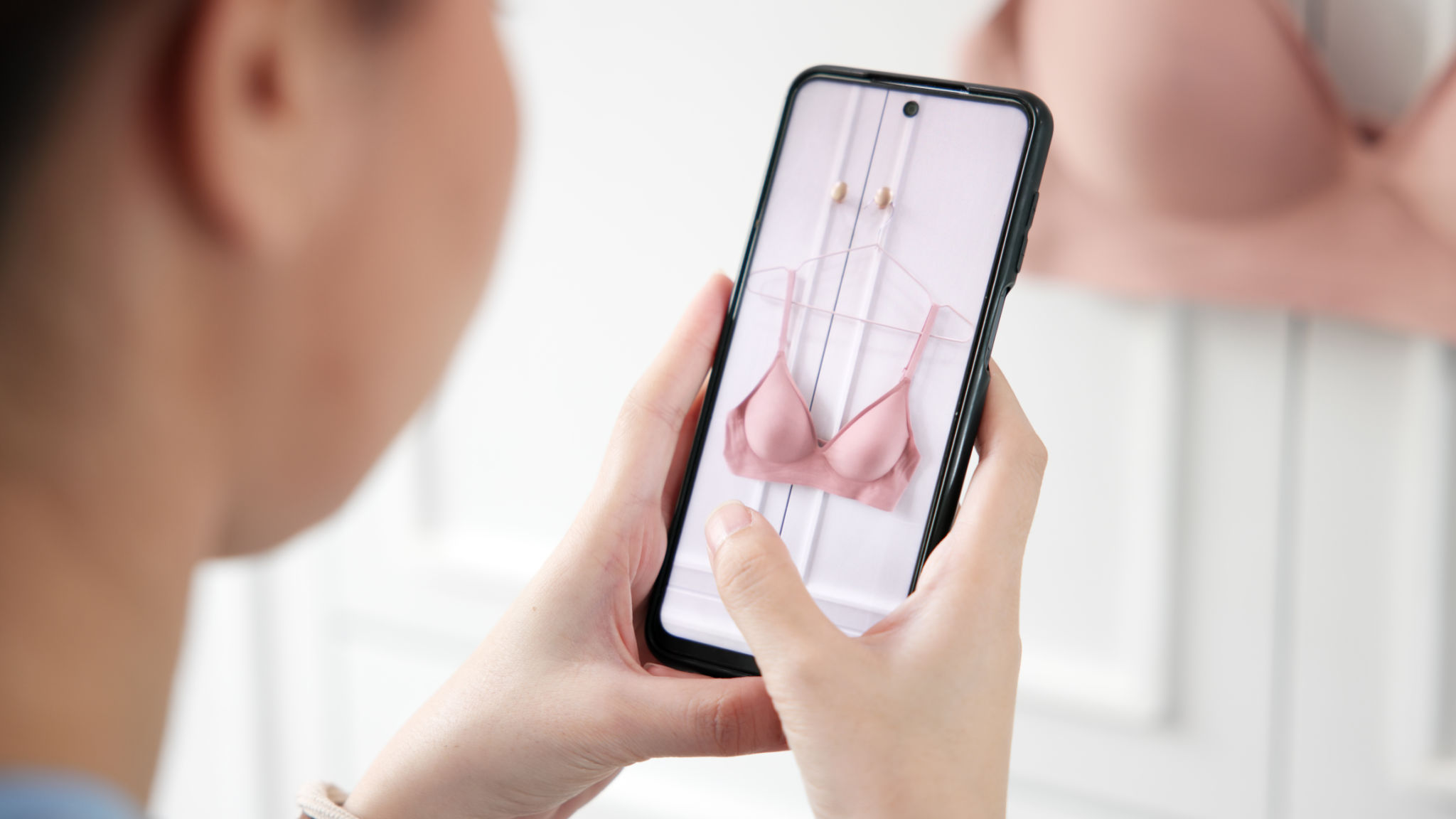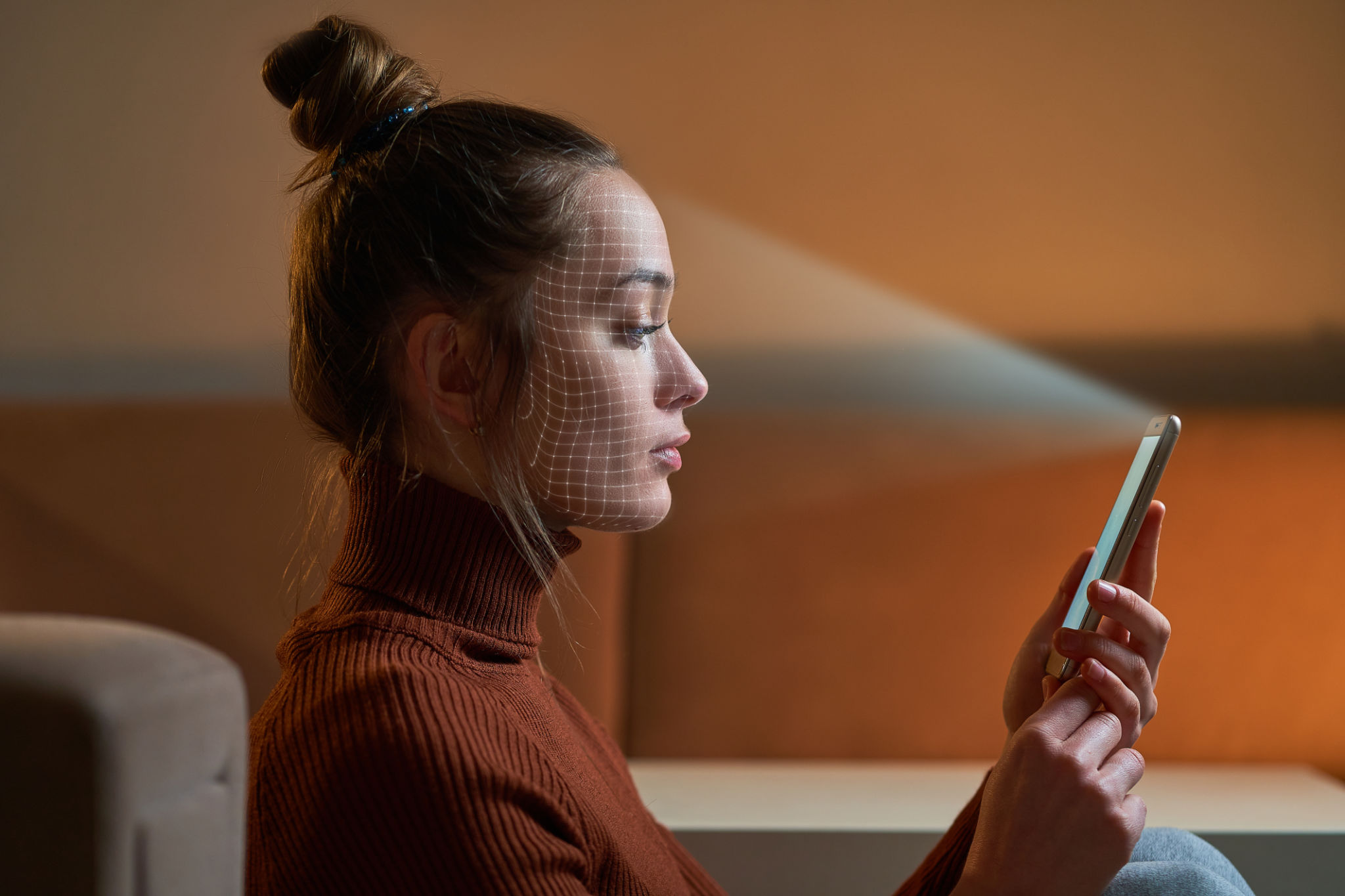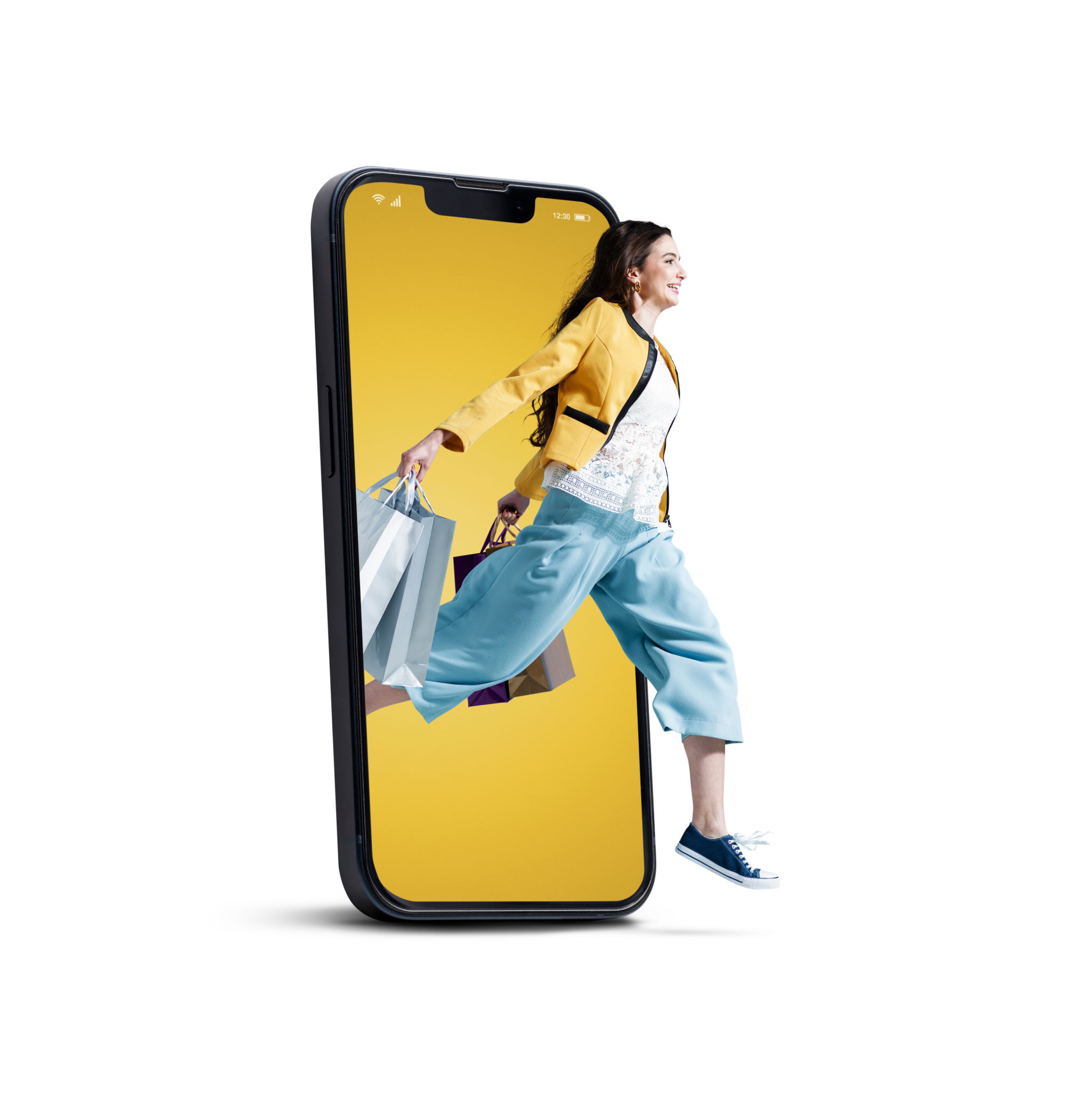How Does a Virtual Try-On Solution Work? A Step-by-Step Guide
Introduction to Virtual Try-On Solutions
In today's digital age, virtual try-on solutions have revolutionized the shopping experience, offering consumers a convenient and personalized approach to exploring products online. These solutions leverage advanced technologies to allow customers to visualize how products will look on them without needing to physically try them on. But how exactly does this technology work? Let's delve into the step-by-step process of how a virtual try-on solution operates.

Step 1: Capturing Your Image
The first step in a virtual try-on solution involves capturing a digital image of the user. This can be done through a webcam, smartphone camera, or by uploading an existing photo. The software needs a clear and well-lit image to ensure accurate results. This image serves as the foundation for the virtual try-on experience, allowing the system to map out key facial features or body contours.
Ensuring Accurate Detailing
Once the image is captured, the software uses computer vision technology to detect and map facial landmarks or body shape. This process is crucial as it ensures that virtual items align accurately with the user's features. The technology can identify specific points such as eyes, nose, and mouth for face-based try-ons, or body dimensions for clothing and accessories.

Step 2: Selecting Products
After the initial setup, users can browse through a wide selection of products available in the virtual try-on catalog. Whether it's eyewear, makeup, clothing, or accessories, users can explore various options with just a few clicks. The catalog is typically integrated into the retailer's website or app, allowing for seamless navigation and selection.
Interactive Product Visualization
Once a product is selected, the virtual try-on solution overlays the digital representation of the product onto the user's image. This interactive feature allows users to see how different styles, colors, and sizes fit them, providing an immersive shopping experience. Users can make adjustments, switch between various options, or even compare multiple products side by side.

Step 3: Real-Time Feedback and Adjustments
The next step involves real-time feedback and adjustments. As users interact with different products, they receive instant visual feedback on how each item looks. Some advanced systems even allow users to adjust angles, lighting conditions, and product positioning for a more tailored experience.
Enhanced User Experience
The ability to make real-time adjustments enhances user satisfaction by offering a realistic portrayal of how products will look in various scenarios. For example, users can see how a pair of sunglasses fits in outdoor lighting versus indoor settings or adjust lipstick colors under different lighting conditions.
Step 4: Making Informed Purchase Decisions
With all these features combined, virtual try-on solutions empower users to make informed purchase decisions. By visualizing products in a virtual space, consumers can confidently choose items that best suit their preferences and style without the uncertainty often associated with online shopping.

Conclusion: The Future of Shopping
Virtual try-on solutions are not just a passing trend; they represent the future of shopping by bridging the gap between online and in-store experiences. As technology continues to evolve, these solutions will become even more sophisticated, offering enhanced accuracy and personalization. Whether you're trying on clothes from your favorite fashion brand or experimenting with new makeup looks, virtual try-on technology is set to transform how we shop.
